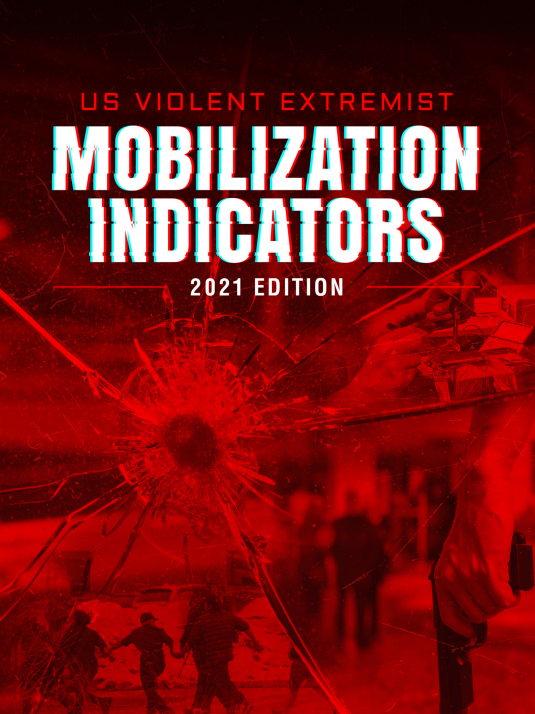By Enzo Nussio,
Lynching remains a common form of collective punishment for alleged wrongdoers in Latin America, Africa, and Asia today. Unlike other kinds of collective violence, lynching is usually not carried out by standing organizations. How do lynch mobs overcome the high barriers to violent collective action? I argue that they draw on local community ties to compensate for a lack of centralized organization. Lynch mobs benefit from solidarity and peer pressure, which facilitate collective action. The study focuses on Mexico, where lynching is prevalent and often amounts to the collective beating of thieves. Based on original survey data from Mexico City and a novel lynching event dataset covering the whole of Mexico, I find that individuals with more ties in their communities participate more often in lynching, and municipalities with more highly integrated communities have higher lynching rates. As community ties and lynching may be endogenously related, I also examine the posited mechanisms and the causal direction. Findings reveal that municipalities exposed to a recent major earthquake—an event that tends to increase community ties—subsequently experienced increased levels of lynching. Importantly, I find that interpersonal trust is unrelated to lynching, thus showing that different aspects of social capital have diverging consequences for collective violence, with community ties revealing a “dark side.”
American Sociological ReviewVolume 0: Ahead of Print, June 2024.





















